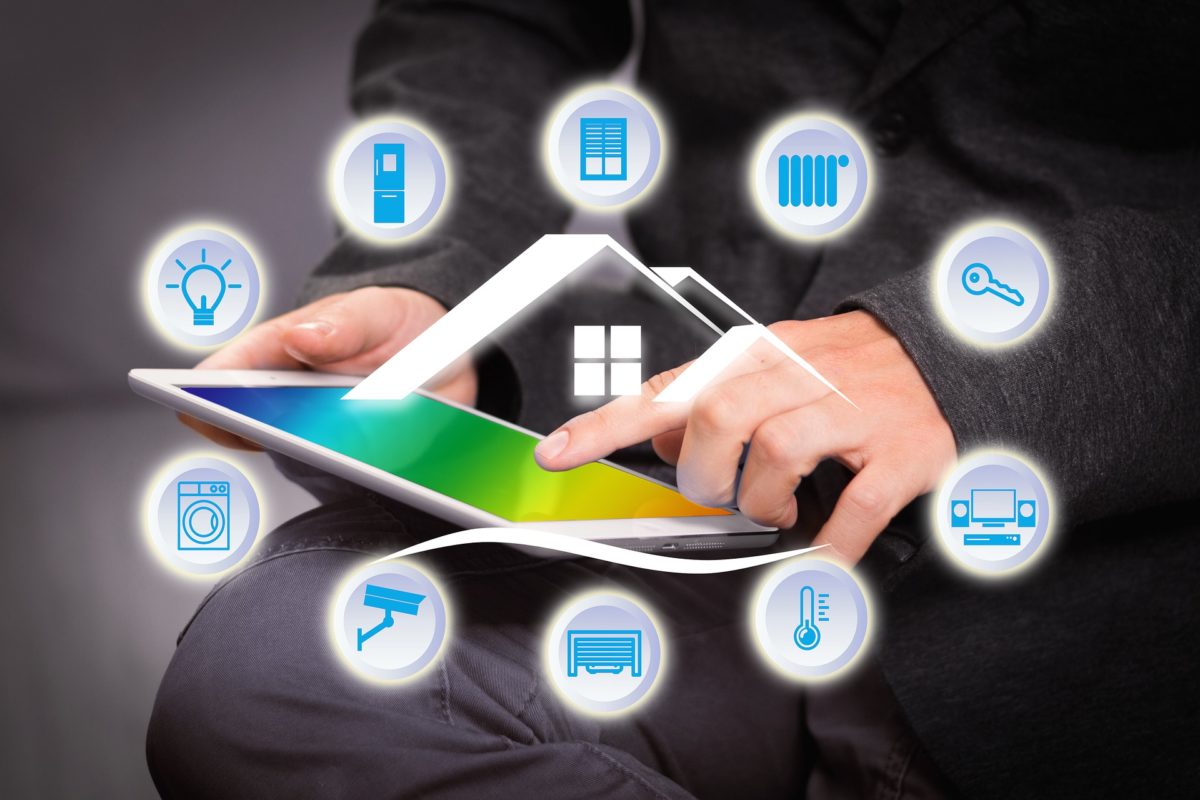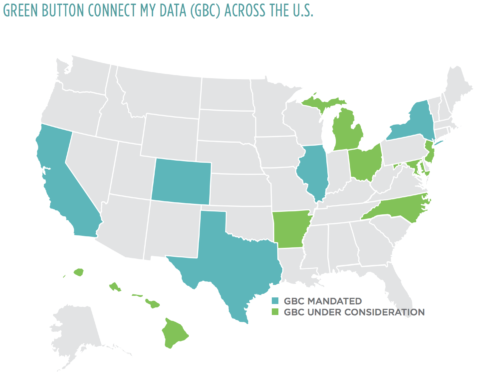 In today’s connected world, devices can tell us everything from how well we slept last night to who knocked on the door while we were out. Yet many consumers still have no insight into how much energy they’re using—or losing.
In today’s connected world, devices can tell us everything from how well we slept last night to who knocked on the door while we were out. Yet many consumers still have no insight into how much energy they’re using—or losing.
While energy efficient buildings and equipment help our buildings perform better, so do the people inside those buildings. That’s why the third strategic pivot in our series on energy optimization is to empower customers with advanced technologies.
Energy optimization takes the concept of energy efficiency a step further by taking a more holistic view of building energy use. The idea is to use modern tools, information, and incentives to save more energy—but as important: to harmonize when we save energy with the needs of a clean power grid. Buildings themselves (including industrial buildings) ultimately determine what the power grid must do and be; power plants must constantly and instantly react to what buildings need. Which is why we need buildings to be good grid citizens. Doing this requires a shift in how freely people can use their energy data, how meaningful the signals are that we send them to manage their energy use, and ensuring that people are equipped with the smart technology to make use of it all.
The first pivot in our five-point plan calls for electrifying the built environment today so that our homes and businesses are no longer dependent on fossil fuels for things like heating, hot water, and cooking. The second pivot involves expanding finance to jumpstart the retrofit market, ensuring no one is left behind in the transition to cleaner, safer buildings.
But people can’t take the necessary steps as long as they remain in the dark about how they can benefit from optimizing their energy use. To make real progress toward a sustainable building sector, we must enable at least half of all customers to manage whole-building energy use with smart technologies by 2023, and better sooner. Giving people data portability—both access to their energy data and streamlining connectivity to third-party providers—can unlock the larger marketplace for energy optimization services.
Billion-dollar investments have now equipped most customers with smart meters, which provide two-way communication between a utility and the building, and report more granular information. But still only a quarter of consumers can make meaningful use of their energy data. Even smaller is the 4 percent of customers who do take a look at their data. In a world where the average household spends about $2,000 every year on energy, this can eat up 7 percent to 14 percent of a low-income household’s budget, depending on where you live. Leaving our most vulnerable populations in the dark about how to manage their energy use is a nonstarter; we must first equip the most energy-impoverished families with the technology and tools to optimize energy use. The need extends to the commercial and industrial side, too: Customers need access to data to make centralized energy-management decisions and put their data to work.

utilities to support Green Button Connect. (Graphic courtesy Mission:data)
Data access is fundamental to unleashing customer demand for energy optimization. Before customers can decide to save energy, they need access to their energy data. Green Button is an open-source platform that provides data access to customers. Regulators from Texas to Arkansas to Rhode Island understand that customers deserve to know and—more important—to use their energy data. Meaningful data access now reaches over a quarter of the nation.
Even if customers can access their data, they need it in easy and actionable formats to make it portable. Stronger third-party offerings, along with the rapidly accelerating Internet of Things and connected devices, can enable this. The company OhmConnect, for example, texts customers when demand on the grid is high and rewards them for saving energy. With the right combination of incentives and home energy-management systems, customers don’t even have to know what “demand response” is in order to participate in it. What they know is they’re saving energy and money.
Getting rate design right is a critical component in order to lead with our equity goals of investing first in the communities that need it the most—and also to correct for current price signals that disincentivize saving energy in harmony with power grid needs. For example, in many places, the price you pay for electricity gives you no information about how stressed the grid is or whether there is a temporary surplus of clean energy. The incentive and financial reward for syncing your energy use with the clean grid isn’t meaningful—and is disconnected from the actual economics of running a power grid. Optimizing your energy use reduces the utilities’ (and all customers’) total cost to run the power grid. And you have to pay out of pocket for the smart tech to do it. But current price signals prevent you from realizing a meaningful share of those monetary benefits because electricity prices don’t budge much. We need price signal spreads to fully reflect the total value of dynamically saving energy in order to make this transition pencil out.
In our next posts, we’ll cover two more strategic pivots that will advance energy optimization even further: shifting to meter-based savings and modernizing building codes and standards.